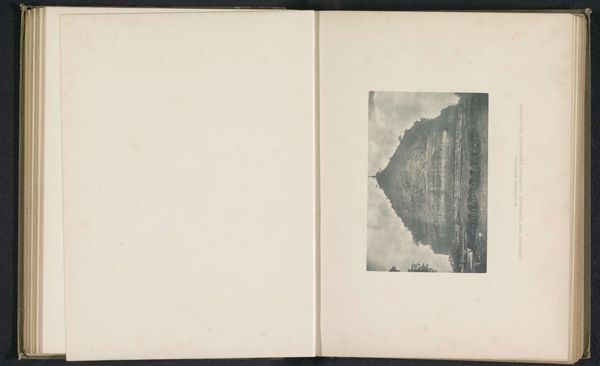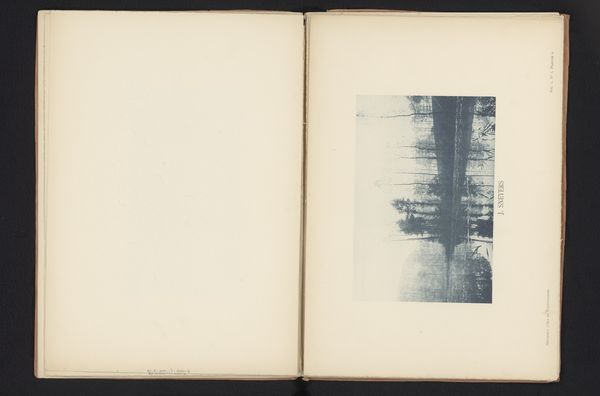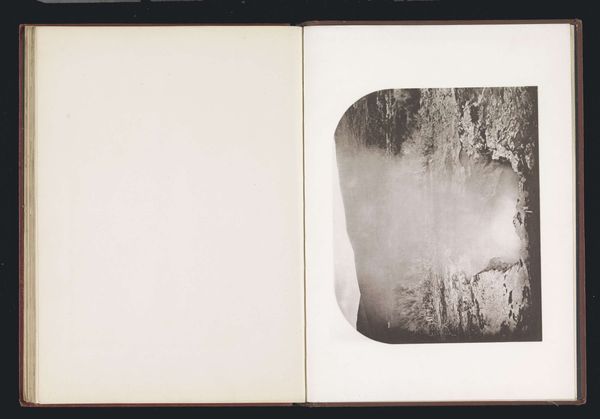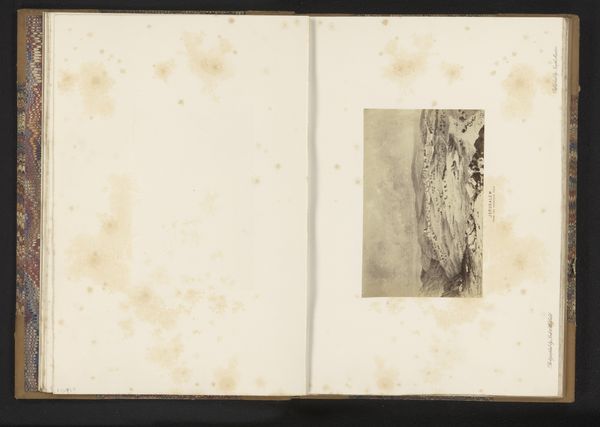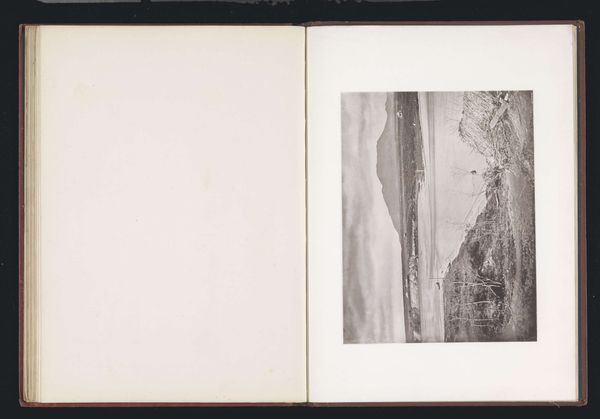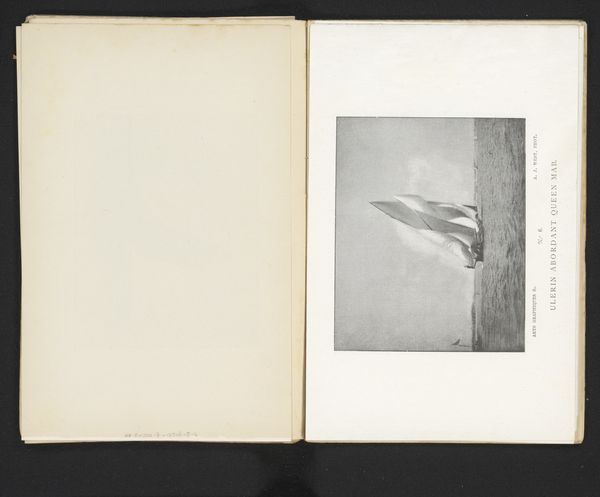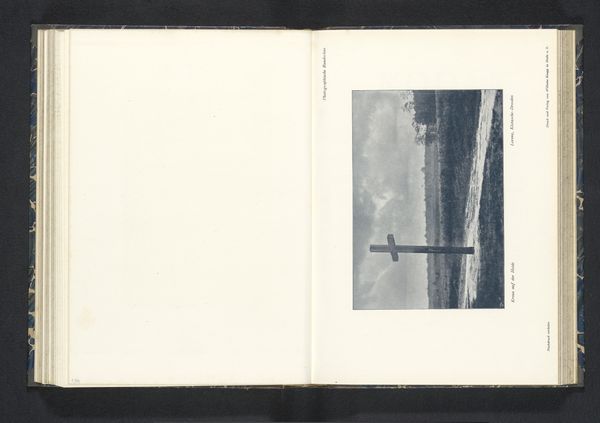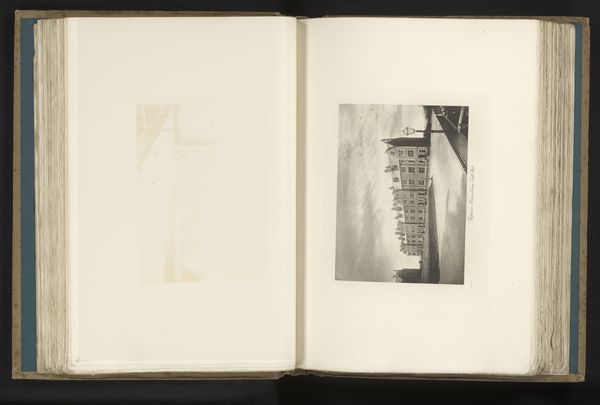
print, photography, albumen-print
# print
#
landscape
#
photography
#
orientalism
#
albumen-print
Dimensions: height 83 mm, width 120 mm
Copyright: Rijks Museum: Open Domain
Editor: So, this is an albumen print from 1896 by Henry William Cave, titled "Remains of rock dwellings at Mihintale." It has such a sepia-toned, almost ghostly quality. What jumps out at you? Curator: The photographic rendering of these ancient dwellings immediately calls to mind a palpable sense of the past. Look at how the stark, contrasting light etches out the forms, rendering them almost timeless. Editor: Timeless, yes, that’s it! What kind of symbolism or cultural significance might these rock dwellings have held? Curator: Mihintale is one of the peaks of Sri Lanka and one of the earliest sites of Buddhist settlement. So, in a way, these are ruins representing both physical homes and perhaps the symbolic homes of a spiritual tradition. Do you see the implicit connection between the architecture and the landscape itself? Editor: I think so. It's almost as if the rock dwellings are growing organically out of the natural landscape itself. Curator: Precisely. Cave’s albumen print technique accentuates this effect. Consider also how the composition places us, the viewers, at a distance, prompting contemplation on the passage of time and the endurance of spiritual beliefs embedded within the cultural memory. The lack of human presence actually amplifies the impact of our symbolic journey. Editor: So the print serves as a visual echo, reminding us of the continuous link between landscape, culture, and spirituality? Curator: Exactly. These remnants become vessels of meaning, allowing the viewer to reflect on civilization's enduring story. Editor: This really makes me see how a simple image can be so much richer when we unpack its layers. Curator: Indeed. Visual media invite dialogue between eras.
Comments
No comments
Be the first to comment and join the conversation on the ultimate creative platform.

